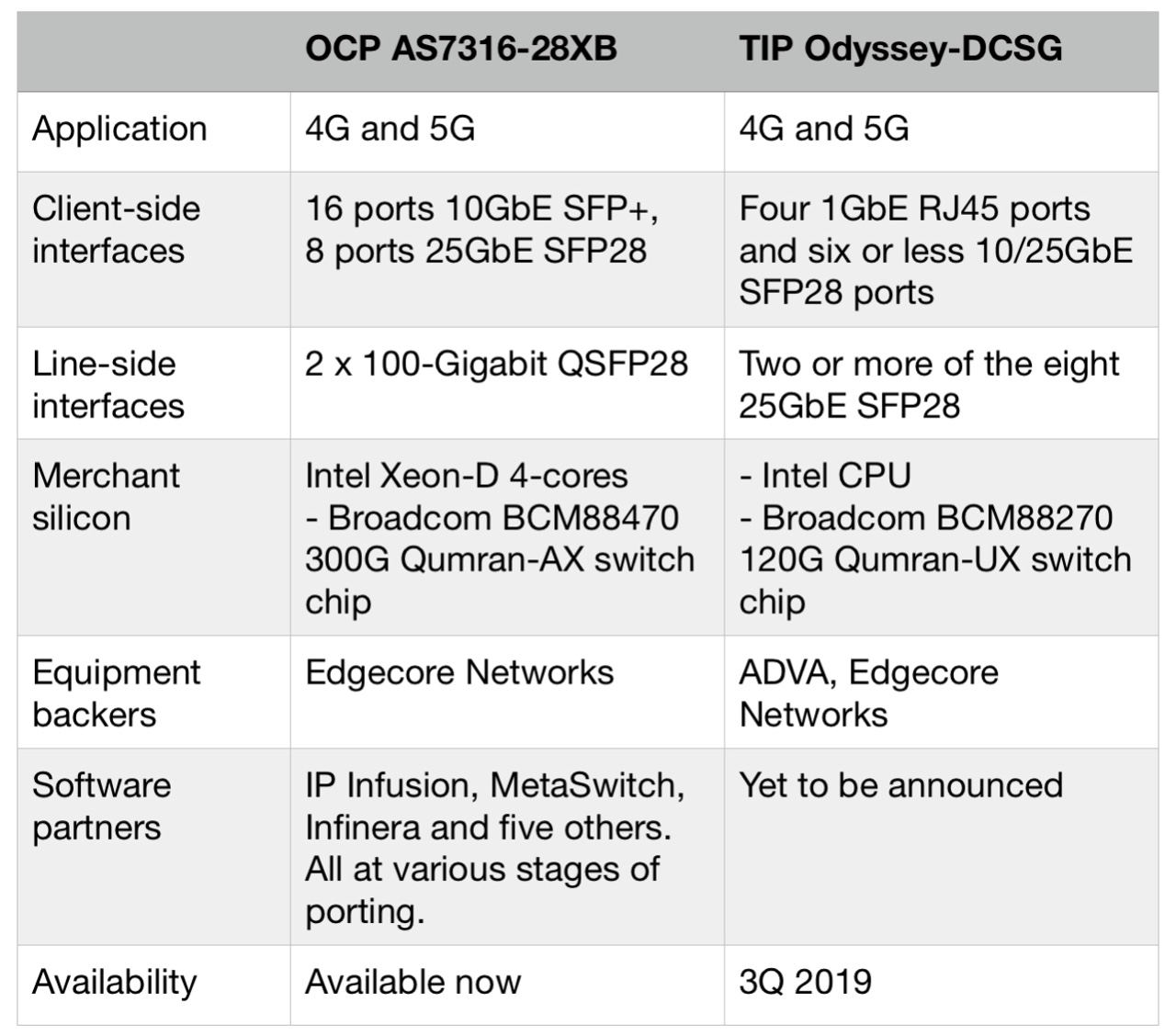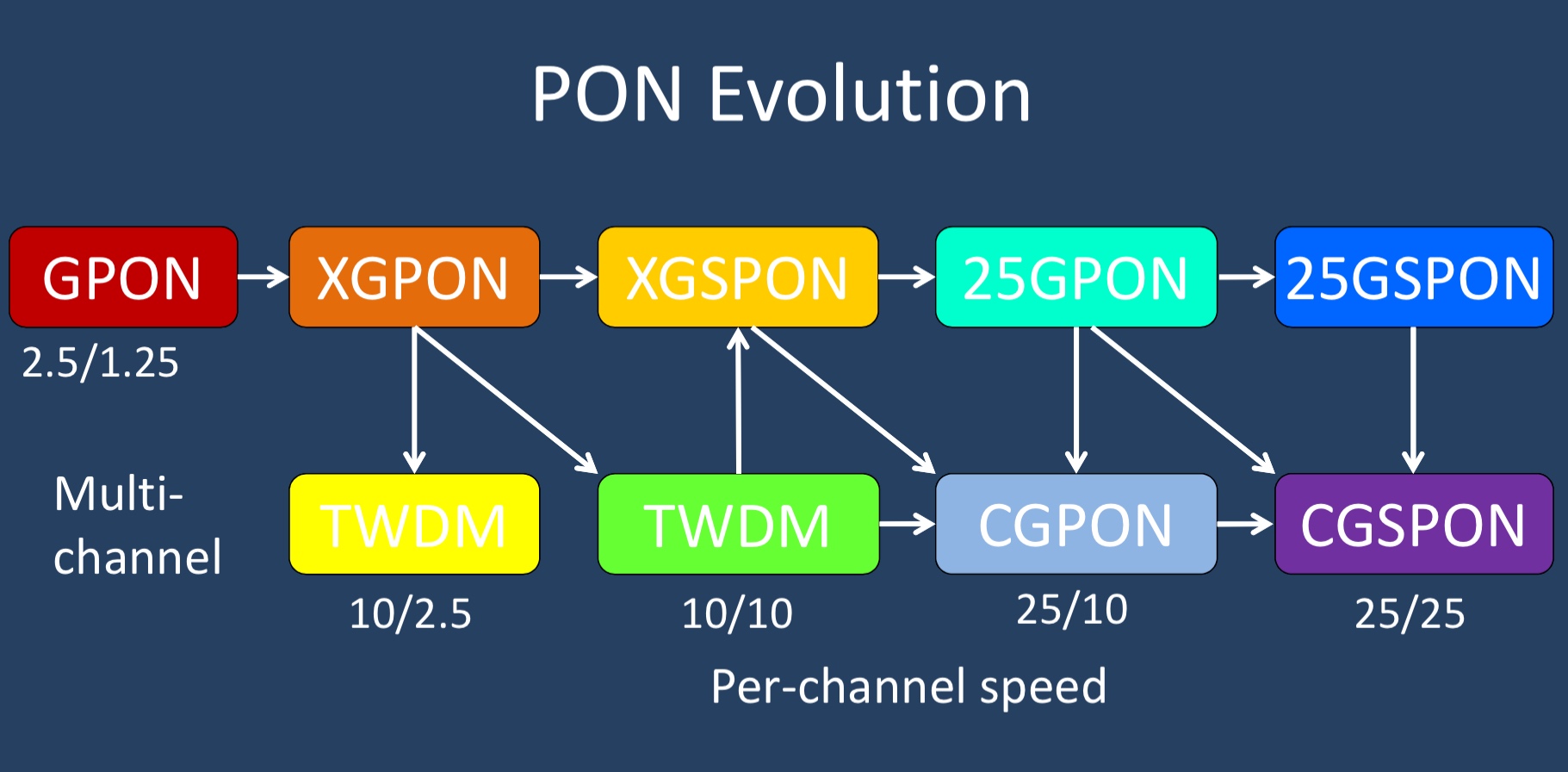Edgecore exploits telecom’s open-networking opportunity
 Wednesday, November 14, 2018 at 8:08AM
Wednesday, November 14, 2018 at 8:08AM Part 2: Open networking
Edgecore Networks is expanding its open networking portfolio with cell-site gateways and passive optical networking (PON) platforms.
The company is backing two cell-site gateway designs that aggregate traffic from baseband units for 4G and 5G mobile networks. One design is from the Open Compute Project (OCP) that is available now and the second is from the Telecom Infra Project (TIP) that is planned for 2019 (see table).
Edgecore has also announced PON optical line terminal (OLT) platforms addressing 10-gigabit XGS-PON and GPON.
 Source: ADVA, Edgecore Networks
Source: ADVA, Edgecore Networks
Edgecore is a wholly-ownedsubsidiary of Accton Technology, a Taiwanese original design manufacturer (ODM) employing over 700 networking engineers that reported revenues exceeding $1.2 billion in 2017.
 Bill Burger,
Bill Burger,  Cassini,
Cassini,  Edgecore Networks,
Edgecore Networks,  Mark Basham,
Mark Basham,  NG-PON2,
NG-PON2,  OCP,
OCP,  ONF,
ONF,  TIP,
TIP,  XGS-PON in
XGS-PON in  open networking
open networking  Print Article
Print Article 







